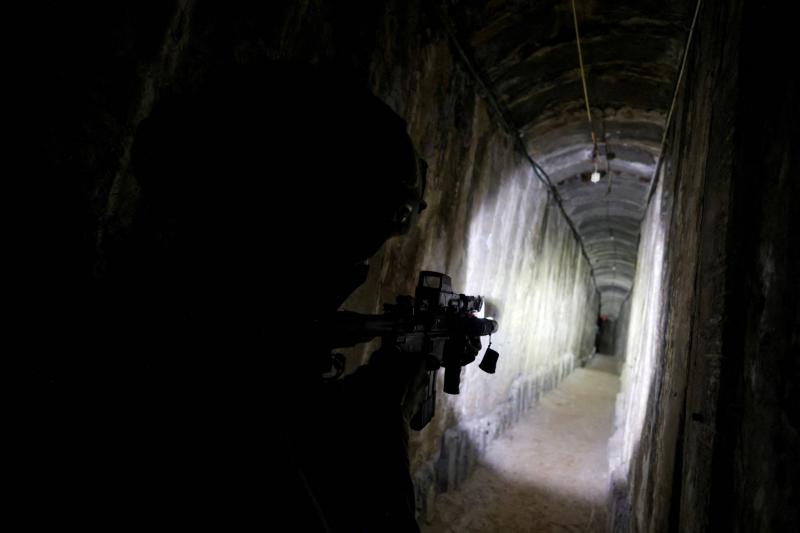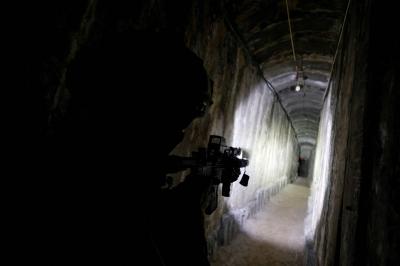The Wall Street Journal reported today, Tuesday, citing unnamed U.S. officials, that the Israeli army has begun pumping seawater into Hamas' tunnel complex in Gaza. The report adds that the operation will likely take weeks. Some U.S. officials believe this operation could help destroy the tunnels where Israel thinks the armed group is hiding hostages, fighters, and munitions. However, other officials expressed concerns that seawater could jeopardize freshwater supplies in Gaza.
The original idea was put forth by Indian geopolitical expert Robinder Sachdev on October 15, where he analyzed that the Islamic Resistance Movement (Hamas) could potentially use what he called a "sea water flood bomb" to transform 25% of the land in the Gaza Strip, which is below sea level, into a "saltwater pool," hindering any advance from Israeli forces.
About a month and a half after this analysis, The Wall Street Journal reported on December 4 about the planned use of seawater bombs by Israel, aimed at flooding the tunnels to flush out fighters from the Izz ad-Din al-Qassam Brigades and obstruct this critical resistance weapon. While experts suggest that the scenario proposed by Sachdev is scientifically possible, they deem it practically unlikely. Similarly, the plan to flood the tunnels using seawater bombs announced by The Wall Street Journal is considered improbable both scientifically and practically, despite being promoted in the U.S.
According to Sachdev's analysis, he notes that 25% of Gaza lies below sea level, divided into four areas, three in northern and central Gaza (Beit Hanoun, Beit Lahiya, and Gaza City), and the fourth in Rafah (southern Gaza). He hypothesized what would happen if Hamas were to create tunnels connecting these areas "below sea level" to the Mediterranean Sea along Gaza's coast.
He explained that tunnels could be dug to within two meters of the sea, where a remotely controlled bomb could be set at the entrance to these tunnels at the marine connection point. When an Israeli invasion begins from northern Gaza, these bombs would explode, causing seawater to rush into the tunnels and flood low-lying areas of Gaza within minutes, creating wetlands and swamps that could incapacitate heavy artillery and tanks. This tactic, known in military parlance as "area-denial weapon," is used to prevent the enemy from occupying or crossing a land, marine, or airborne area.
While this scenario proposed by Sachdev may be feasible scientifically, it is practically deemed unlikely according to Mohamed Al-Hajri, head of the Irrigation and Drainage Unit at the Egyptian Desert Research Center. Conversely, Al-Hajri and others argue that Israel's plan to flood the resistance tunnels is not possible scientifically or practically.
The Wall Street Journal quoted U.S. officials stating that Israel has established a large pump system that could be used to inundate tunnels employed by Hamas. The report indicates that the Israeli army has set up at least five pumps about a kilometer north of the beach refugee camp, which can transfer thousands of cubic meters of water per hour and could flood the tunnels within weeks.




